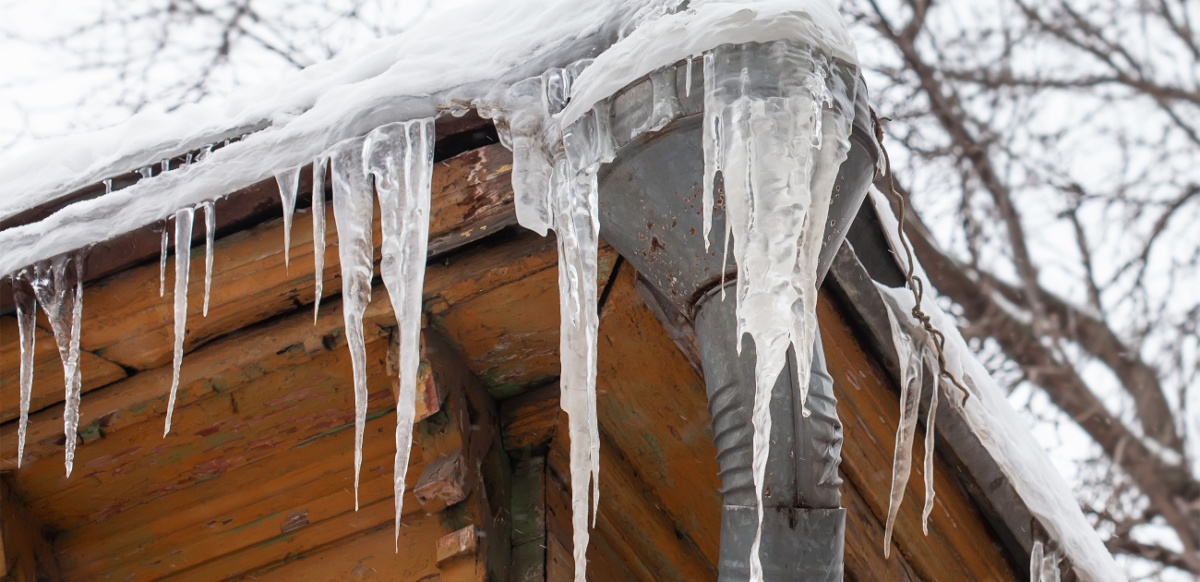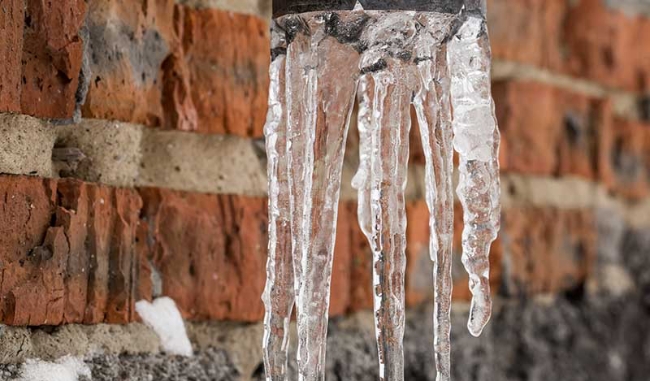We've stumbled upon this article on Winter Plumbing Precautions: Preventing Frozen Pipes directly below on the web and accepted it made perfect sense to discuss it with you here.

Cold weather can damage your plumbing, especially by freezing pipes. Here's exactly how to avoid it from taking place and what to do if it does.
Introduction
As temperature levels decline, the risk of icy pipes boosts, potentially bring about expensive repairs and water damages. Understanding just how to prevent icy pipelines is critical for homeowners in cold environments.
Understanding Icy Pipes
What triggers pipes to ice up?
Pipelines freeze when revealed to temperatures listed below 32 ° F (0 ° C) for prolonged durations. As water inside the pipelines ices up, it increases, putting pressure on the pipe walls and potentially creating them to rupture.
Dangers and damages
Frozen pipelines can lead to water system disruptions, residential property damages, and expensive repairs. Burst pipelines can flood homes and create extensive structural damages.
Signs of Frozen Pipes
Recognizing frozen pipes early can stop them from rupturing.
How to recognize frozen pipelines
Look for reduced water flow from faucets, uncommon odors or noises from pipes, and visible frost on subjected pipes.
Prevention Tips
Protecting susceptible pipes
Wrap pipelines in insulation sleeves or make use of warmth tape to secure them from freezing temperatures. Focus on pipes in unheated or exterior areas of the home.
Heating strategies
Keep interior spaces effectively heated up, especially locations with plumbing. Open closet doors to allow warm air to distribute around pipes under sinks.
Safeguarding Outside Plumbing
Yard hose pipes and outdoor faucets
Separate and drain yard hoses before winter months. Set up frost-proof faucets or cover exterior taps with protected caps.
What to Do If Your Pipelines Freeze
Immediate actions to take
If you believe icy pipelines, maintain faucets open up to soothe pressure as the ice melts. Use a hairdryer or towels taken in hot water to thaw pipelines gradually.
Long-Term Solutions
Architectural adjustments
Consider rerouting pipes far from outside wall surfaces or unheated locations. Add extra insulation to attics, cellars, and crawl spaces.
Updating insulation
Purchase top notch insulation for pipelines, attics, and wall surfaces. Appropriate insulation helps maintain consistent temperature levels and minimizes the risk of frozen pipelines.
Final thought
Stopping frozen pipelines requires positive measures and fast responses. By recognizing the causes, indications, and safety nets, property owners can shield their plumbing throughout winter.
6 Proven Ways to Prevent Frozen Pipes and Protect Your Home
Disconnect and Drain Garden Hoses
Before winter arrives, start by disconnecting your garden hoses and draining any remaining water. Close the shut-off valves that supply outdoor hose bibs and leave the outdoor faucet open to allow any residual water to drain. For extra protection, consider using faucet covers throughout the colder months. It’s also important to drain water from any sprinkler supply lines following the manufacturer’s directions.
Insulate Exposed Pipes
Insulating your pipes is an effective way to prevent freezing. Pipe insulation is readily available at home improvement stores and is relatively inexpensive. Pay close attention to pipes in unheated areas such as the attic, basement, crawl spaces, or garage. Apply foam insulation generously to create a buffer against the cold. You can also wrap your pipes in heat tape or thermostat-controlled heat cables for added warmth.
Seal Air Leaks
Inspect your home for any cracks or openings that could let in cold air. Seal any holes around the piping in interior or exterior walls, as well as the sill plates where your home rests on its foundation. Additionally, make sure to keep your garage door closed unless you’re entering or exiting. Leaving it open creates a significant air leak that can lead to frozen pipes.
Allow Warm Air Circulation
During cold snaps, it’s essential to allow warm air to circulate evenly throughout your home. Leave interior doors ajar to promote better airflow. Open kitchen and bathroom cabinets to help distribute heat consistently around the rooms. If you have small children or pets, be sure to remove any household chemicals or potentially harmful cleaners from open cabinets for safety.
Let Faucets Drip
A small trickle of water can make a big difference in preventing ice formation inside your pipes. When temperatures drop significantly, start a drip of water from all faucets served by exposed pipes. This continuous flow helps prevent the water from freezing. Additionally, running a few faucets slightly can relieve pressure inside the pipes, reducing the chances of a rupture if the water inside does freeze.
https://choateshvac.com/6-proven-ways-to-prevent-frozen-pipes-and-protect-your-home/

I ran across that blog post about How to prepare your home plumbing for winter weather when surfing around the web. Are you aware of someone else who is serious about the niche? Feel free to promote it. Thanks a lot for going through it.
Click Here To Find Out More